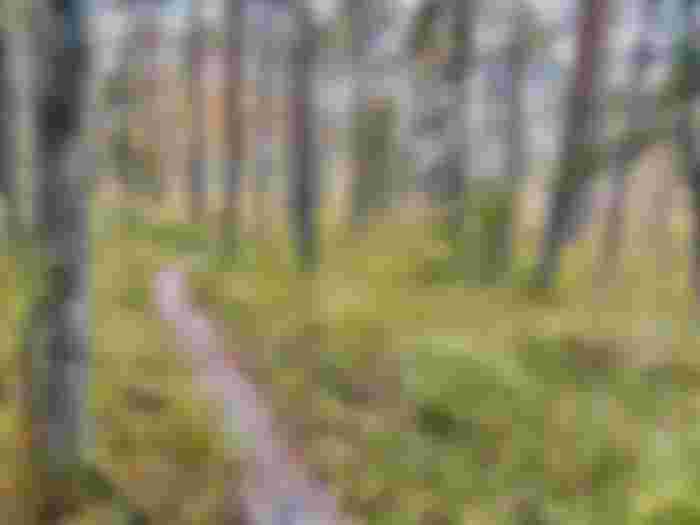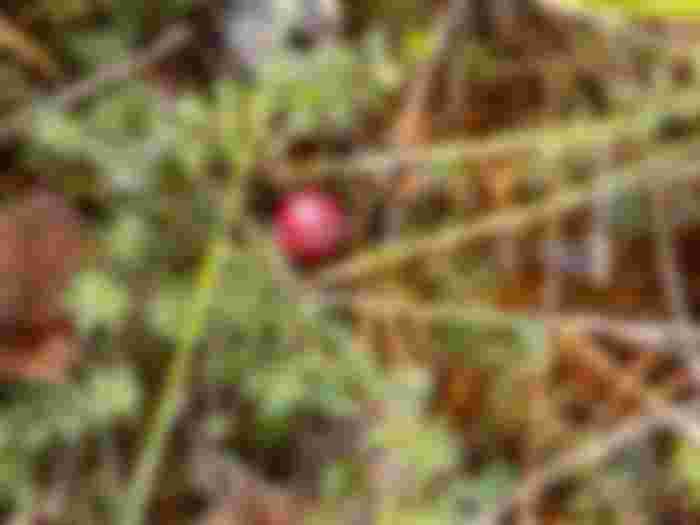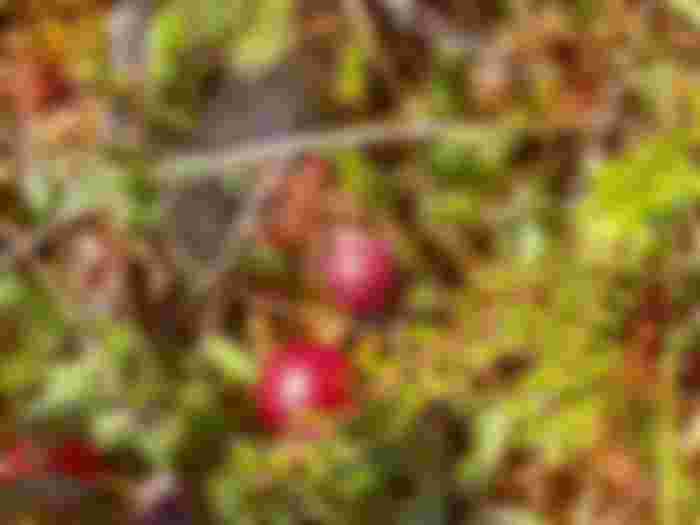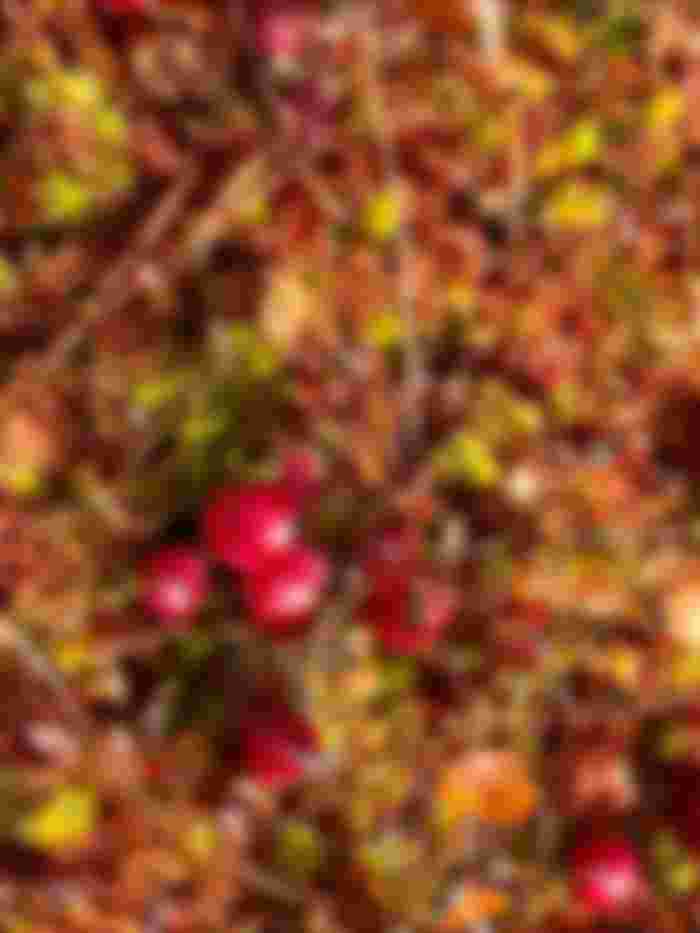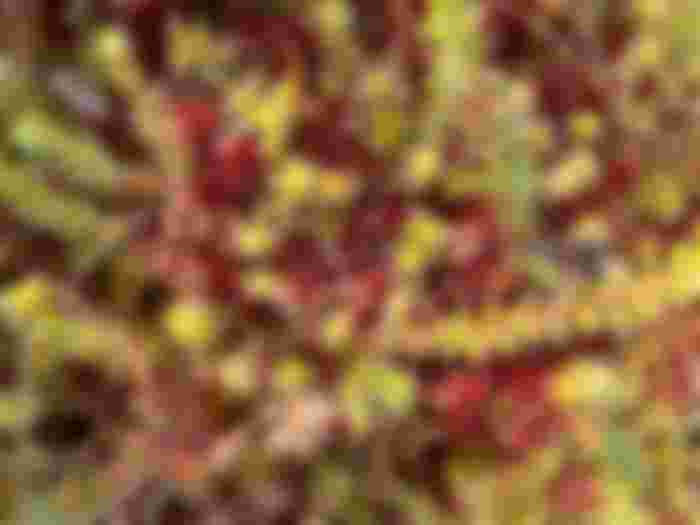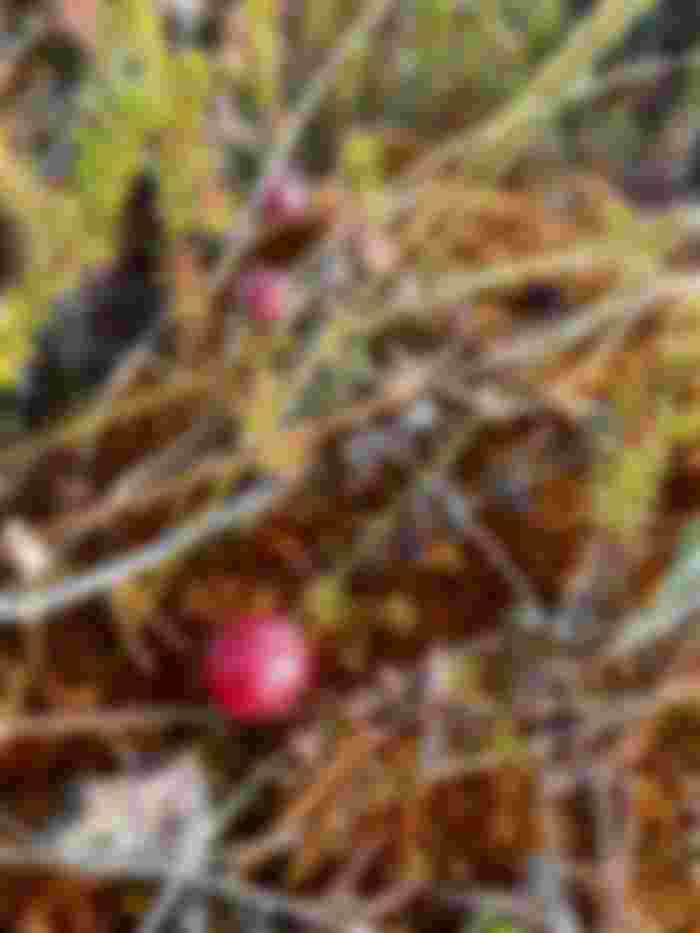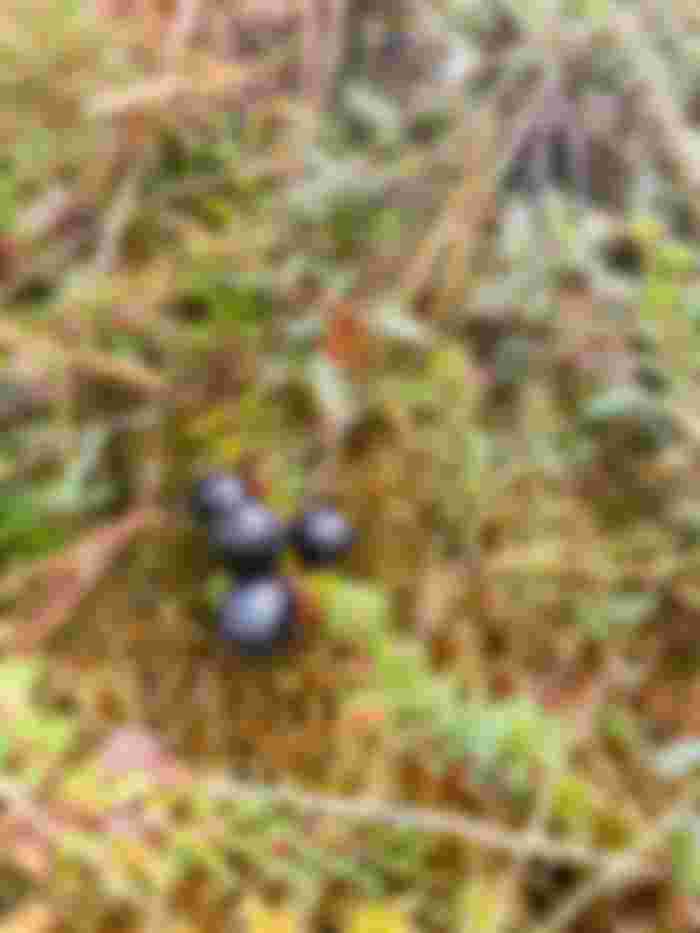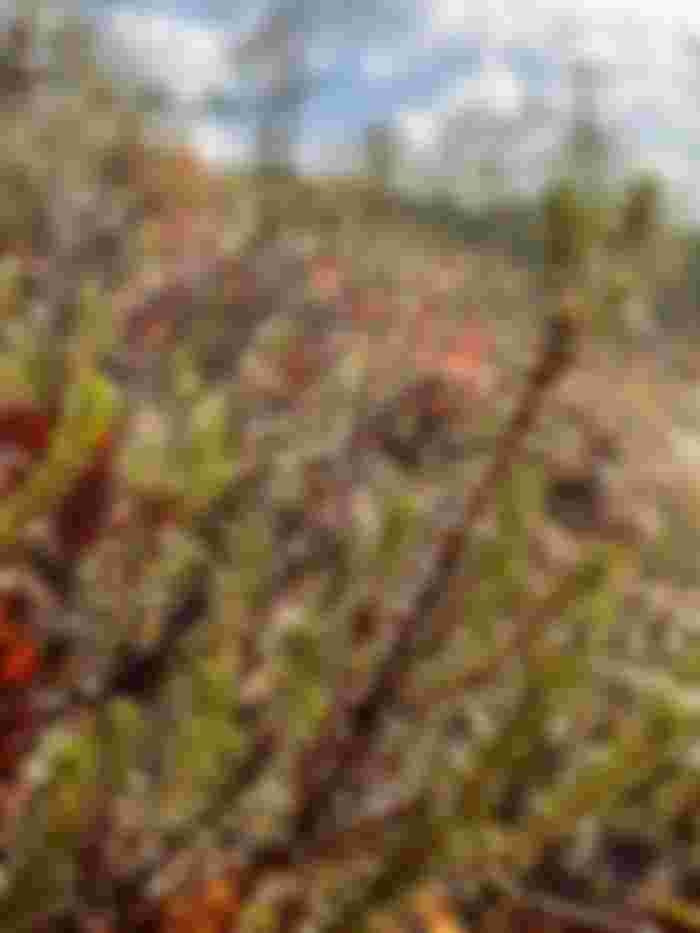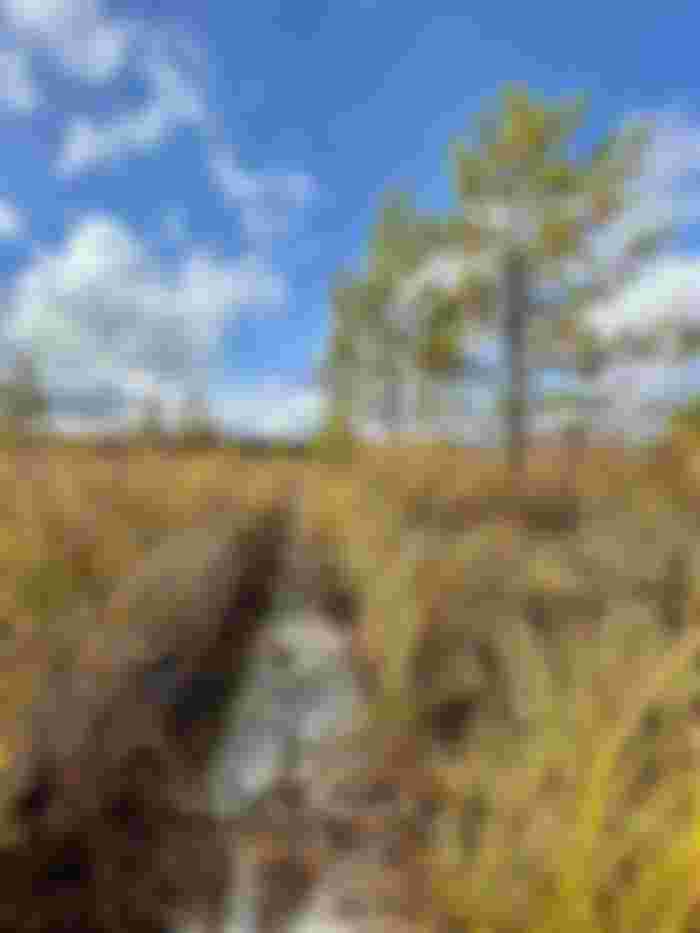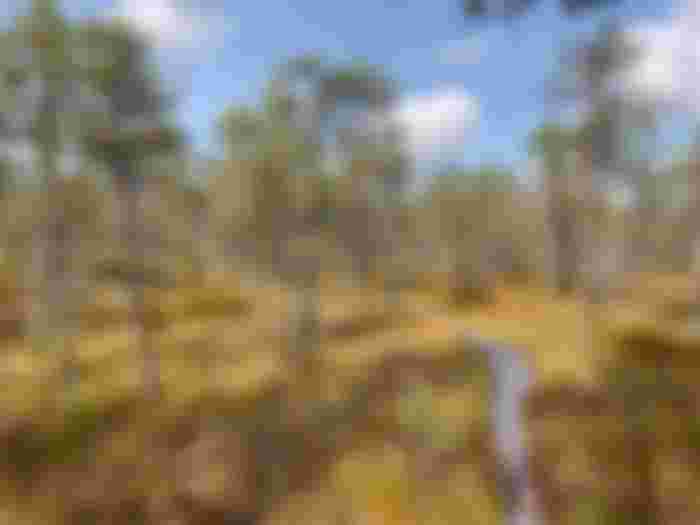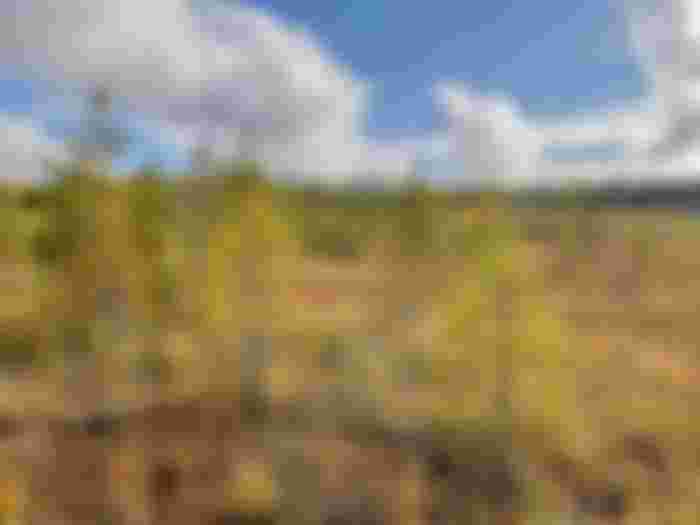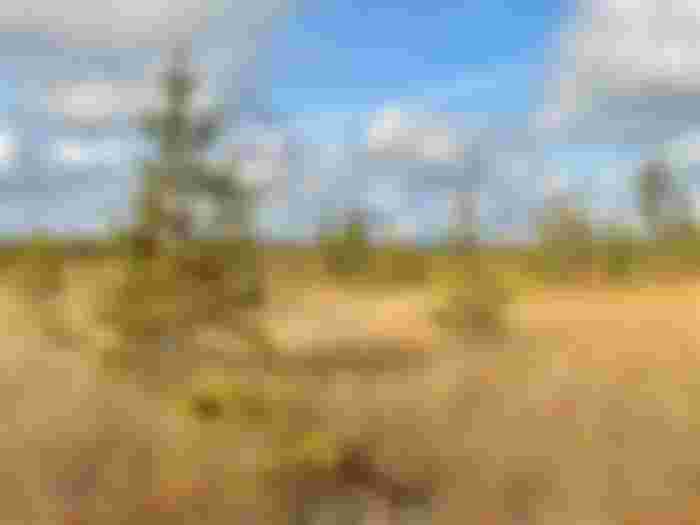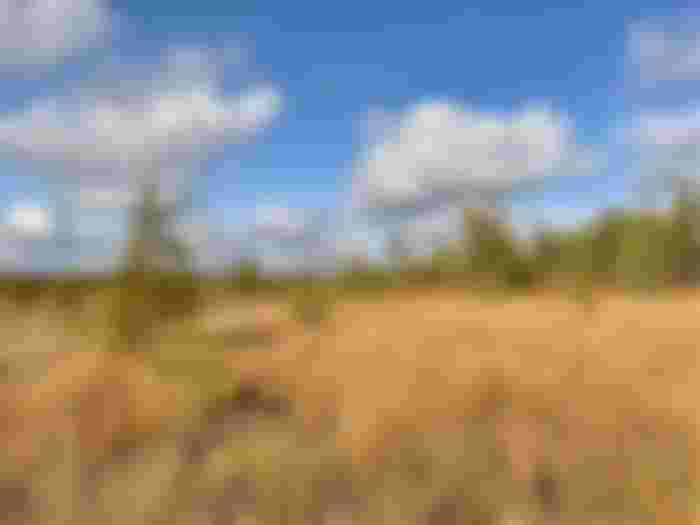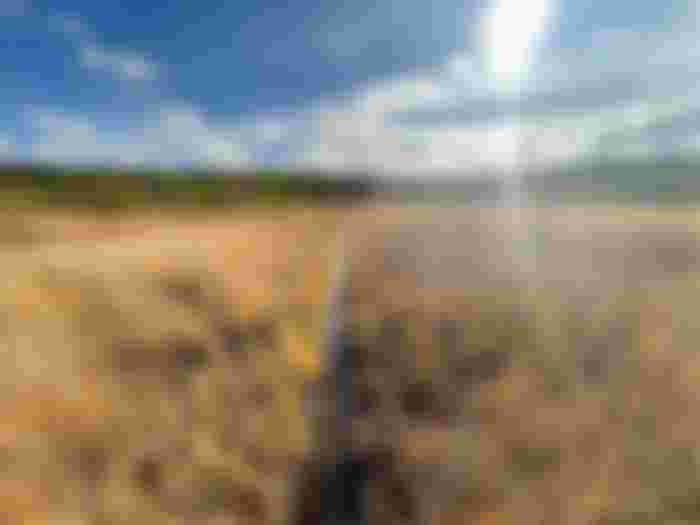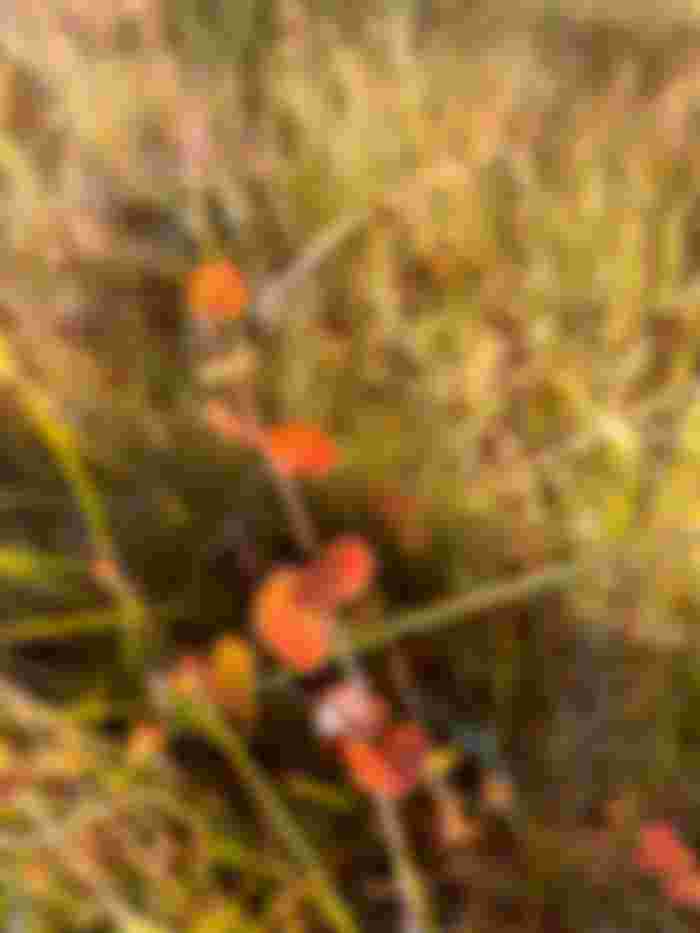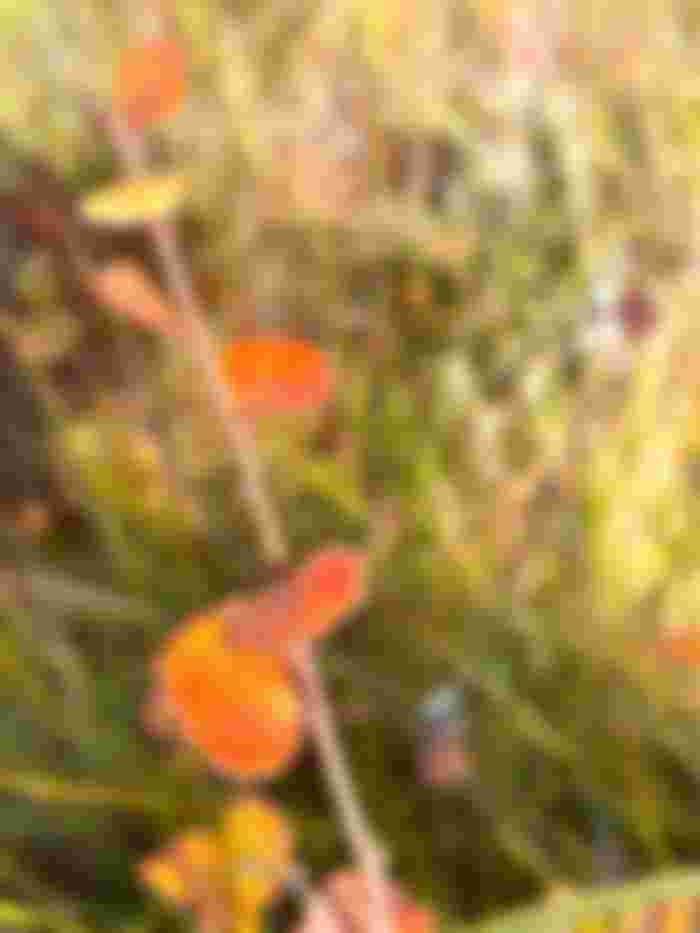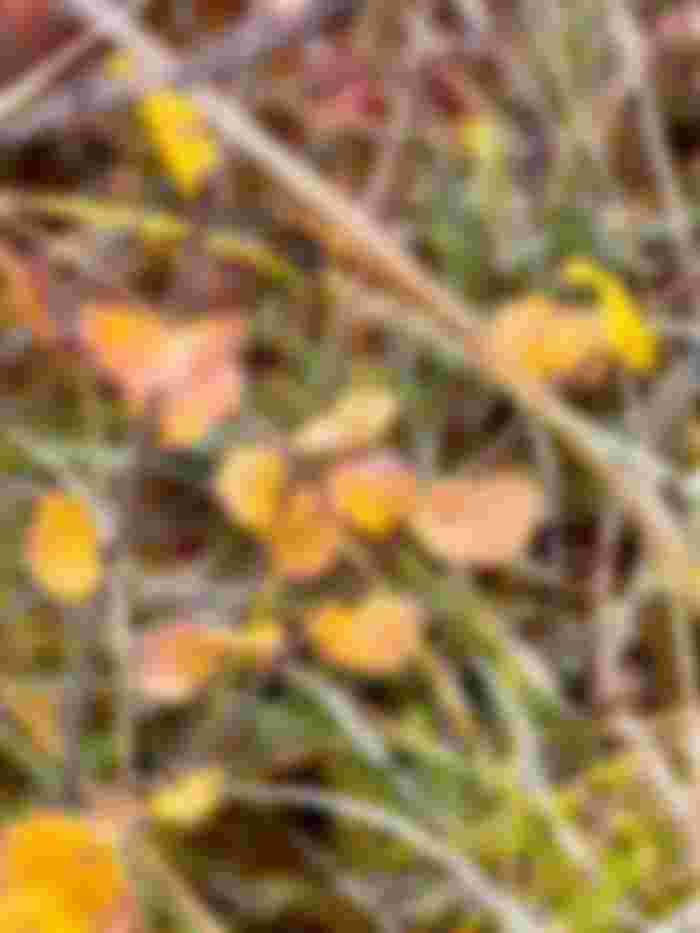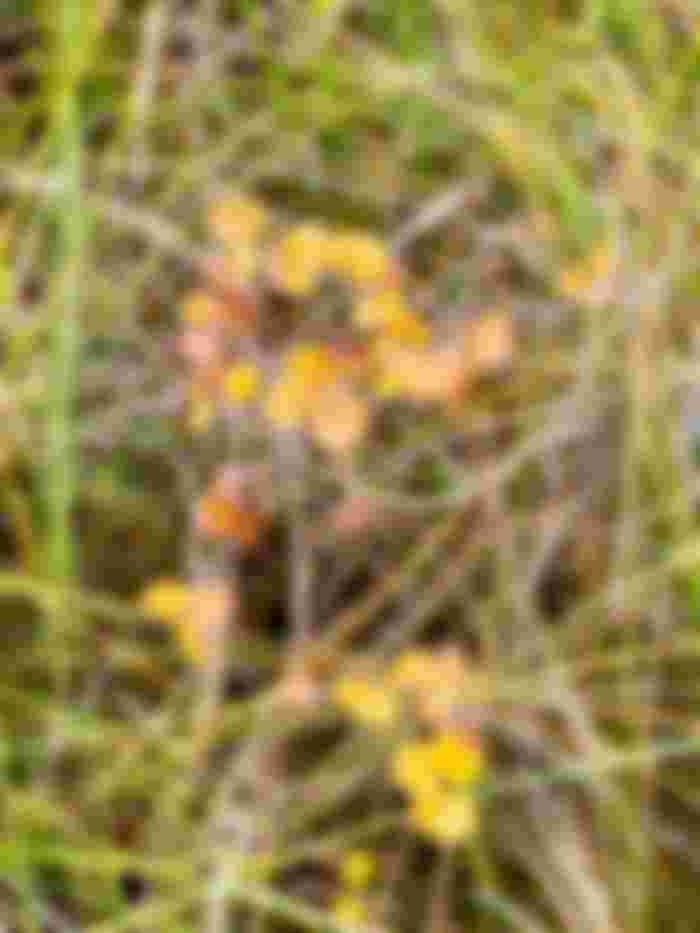Cranberries in a swamp
Early autumn is amazing. Now we have lost pretty much all leaves, and it's just bare branches and a gloomy sky. But I will go back in time to a trip from last month.
The rain stopped pouring, and the clouds started going away, which meant that it was time to go for a walk. The destination for that day was a swamp.

I walked into the forest consisting mostly of lichen-covered pines. Neither of them was a 10+ metre tall majestic tree with a thick trunk - but not due to deforestation.

Also, their branches tend to be more bare than usual.
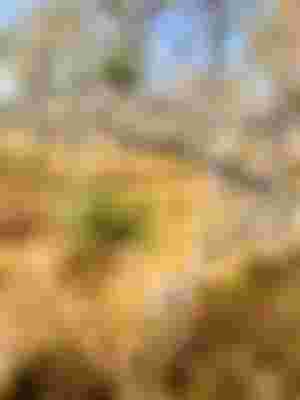
Chances are that you have tasted dried cranberries, those that are soaked in sugar syrup and advertised as health food. While the berries are undoubtedly healthy, I prefer skipping the sugar, and I pick them myself from the swamp. I am lucky that in my country, berries are provided by nature for free, so you just need to take a box and pick some to enjoy with your morning porridge or yoghurt or just on their own.




Cranberries grow in wet areas surrounded by moss. The leaves are very small. Even the moss appears huge next to them. Now that autumn has arrived, the moss has started to turn red, and it looks really pretty next to the still-green patches.
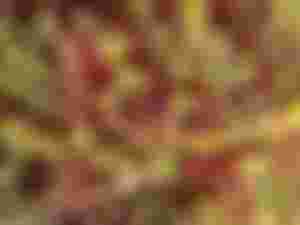

Cranberries are fully ripe only in late autumn. At the moment, there are some good ones, but most are still hard and very acidic. A couple of weeks from now, they will be softer with liquid inside. Their flavour will be more pronounced, but the acidity will remain pretty much unchanged. If you find lemon acidic… you might be surprised - cranberries are much more acidic. The berry below was quite tasty but quite sour at the same time.I sometimes wonder how bad they are for one's teeth...


Cranberries are not the only berry you can find in a swamp. These black ones are called crowberries. They have a mild flavour, but I pick them anyway. They are much smaller.
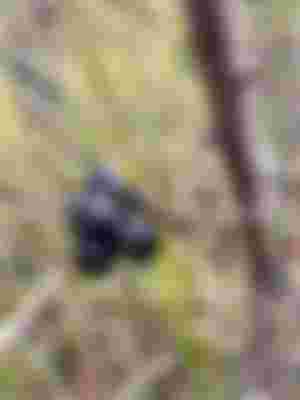

The leaves are also really small... like everything else in this harsh acidic environment.
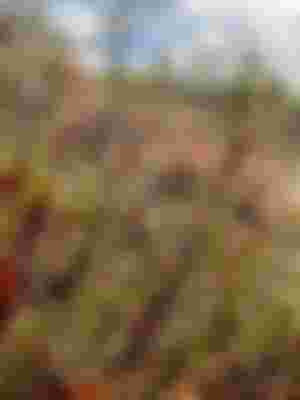
Swamps like this one are also known as bogs. Underneath the layers of moss, there is peat that can be burned in power plants to produce heat.
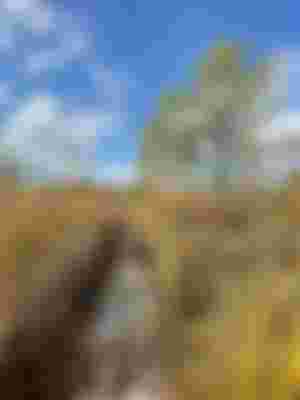
You may notice in the photos below that there are some trees around the wooden walking path. Don't be fooled by them, though. The surface around them is not completely solid.
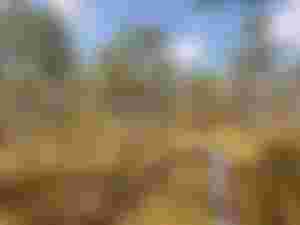

As you proceed further into the swamp, the pines vanish altogether. There is practically no soil, and it is completely wet. You can get your shoes wet if you step off the wood.
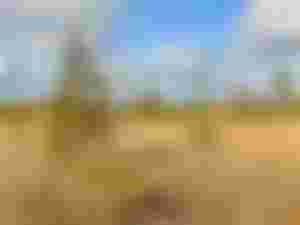
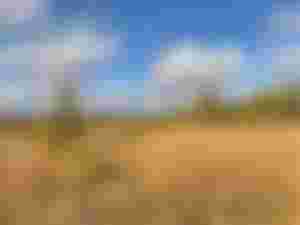


Here and there grow short plants with extremely small leaves. These are actually swamp birches. They hardly reach even 1 metre in height, unlike the typical birch. The leaves are more rounded, though their edge has the characteristic jagged pattern, often 1-1.5 cm long.
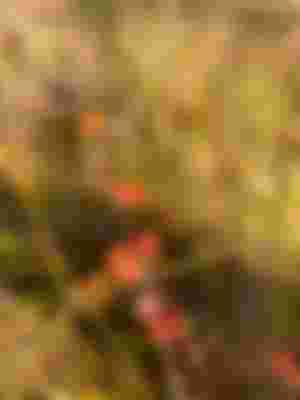

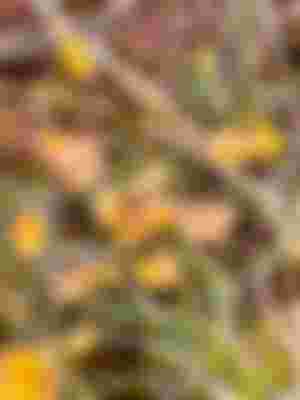
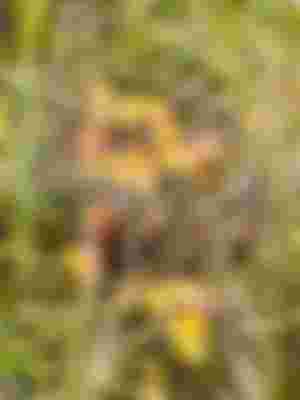
And lastly, I will show a photo of swamp wool - a plant that makes very soft fluffy white balls in summer. You can think of the softness of fluffy down feathers. This particular specimen is not in great shape because the morning before I went for a walk, it was raining quite a lot, and it was soaking wet.
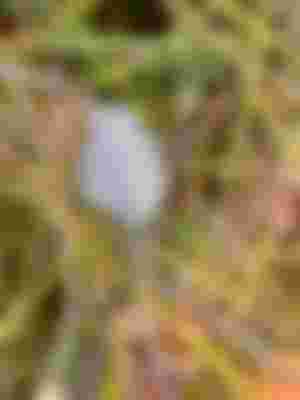

This article is (or will be) reposted on my other blogging and social profiles.
https://linktr.ee/neurodivergent_ai
You can find me on
| Medium | Vocal | Simily | read.cash | noise.cash |
| Publish0x | Steemit | Hive | Appics | Instagram| Twitter|
Check out more of my artworks in my community on Ko-Fi.

